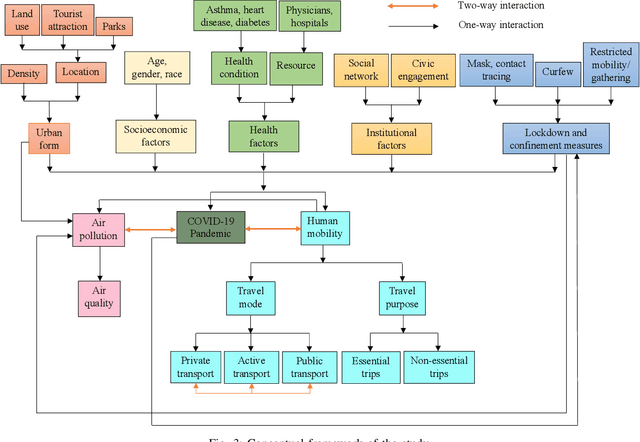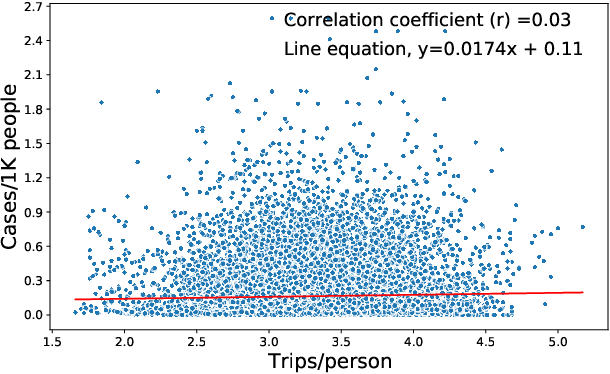Kamal Chandra Paul
Student Member, IEEE
An Improved Real-Time Face Recognition System at Low Resolution Based on Local Binary Pattern Histogram Algorithm and CLAHE
Apr 15, 2021



Abstract:This research presents an improved real-time face recognition system at a low resolution of 15 pixels with pose and emotion and resolution variations. We have designed our datasets named LRD200 and LRD100, which have been used for training and classification. The face detection part uses the Viola-Jones algorithm, and the face recognition part receives the face image from the face detection part to process it using the Local Binary Pattern Histogram (LBPH) algorithm with preprocessing using contrast limited adaptive histogram equalization (CLAHE) and face alignment. The face database in this system can be updated via our custom-built standalone android app and automatic restarting of the training and recognition process with an updated database. Using our proposed algorithm, a real-time face recognition accuracy of 78.40% at 15 px and 98.05% at 45 px have been achieved using the LRD200 database containing 200 images per person. With 100 images per person in the database (LRD100) the achieved accuracies are 60.60% at 15 px and 95% at 45 px respectively. A facial deflection of about 30 degrees on either side from the front face showed an average face recognition precision of 72.25% - 81.85%. This face recognition system can be employed for law enforcement purposes, where the surveillance camera captures a low-resolution image because of the distance of a person from the camera. It can also be used as a surveillance system in airports, bus stations, etc., to reduce the risk of possible criminal threats.
* Journal, Optics and Photonics Journal
Machine Learning on the COVID-19 Pandemic, Human Mobility and Air Quality: A Review
Mar 13, 2021



Abstract:The ongoing COVID-19 global pandemic is affecting every facet of human lives (e.g., public health, education, economy, transportation, and the environment). This novel pandemic and citywide implemented lockdown measures are affecting virus transmission, people's travel patterns, and air quality. Many studies have been conducted to predict the COVID-19 diffusion, assess the impacts of the pandemic on human mobility and air quality, and assess the impacts of lockdown measures on viral spread with a range of Machine Learning (ML) techniques. This review study aims to analyze results from past research to understand the interactions among the COVID-19 pandemic, lockdown measures, human mobility, and air quality. The critical review of prior studies indicates that urban form, people's socioeconomic and physical conditions, social cohesion, and social distancing measures significantly affect human mobility and COVID-19 transmission. during the COVID-19 pandemic, many people are inclined to use private transportation for necessary travel purposes to mitigate coronavirus-related health problems. This review study also noticed that COVID-19 related lockdown measures significantly improve air quality by reducing the concentration of air pollutants, which in turn improves the COVID-19 situation by reducing respiratory-related sickness and deaths of people. It is argued that ML is a powerful, effective, and robust analytic paradigm to handle complex and wicked problems such as a global pandemic. This study also discusses policy implications, which will be helpful for policymakers to take prompt actions to moderate the severity of the pandemic and improve urban environments by adopting data-driven analytic methods.
 Add to Chrome
Add to Chrome Add to Firefox
Add to Firefox Add to Edge
Add to Edge